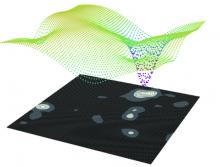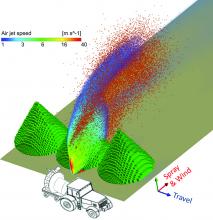Stress Tolerance
While most of us try to distance ourselves from biting, blood-sucking creatures, Josh Benoit, Ph.D. and his research group at the University of Cincinnati spend their days getting to know them very well – down to the genes and genomics. The idea is the more we understand ticks and other blood feeding arthropods, the better we can avoid and eliminate them.









